We’ve all wished we had a superpower or two—flying, invisibility, or maybe just the ability to avoid that inevitable stubbed toe agony. But in the animal kingdom, some creatures have mastered the art of pain management in a way that would make Bruce Wayne envious. Forget about over-the-counter painkillers or meditation apps; these animals come equipped with their own biological hacks to turn off pain like flipping a switch.
1. Naked Mole Rat
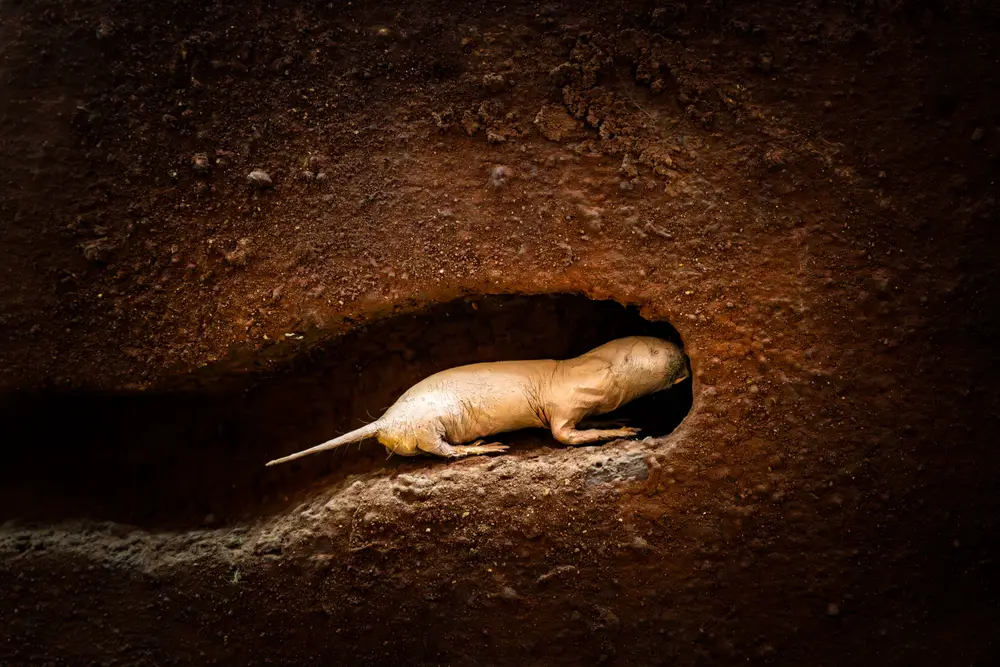
Ah, the naked mole rat. This unsightly little rodent lives underground in East Africa and has one of the animal kingdom’s most fascinating pain management systems. Despite its unassuming appearance, the naked mole rat can thrive in environments that would be excruciating for other mammals. A study published in Science Daily revealed naked mole rats lack a neurotransmitter called Substance P, which greatly reduces their ability to feel certain pain, particularly from acids or hot peppers.
What’s more, naked mole rats are resistant to cancer, and scientists are intrigued by their potential to offer insights into pain relief for humans. Imagine a world where we could turn off pain after surgery or during chronic conditions. Researchers are hoping that the key lies in understanding the unique biology of these rodents. So, while they might not be winning any beauty contests, naked mole rats are a scientific marvel in the realm of pain management.
2. Elephant
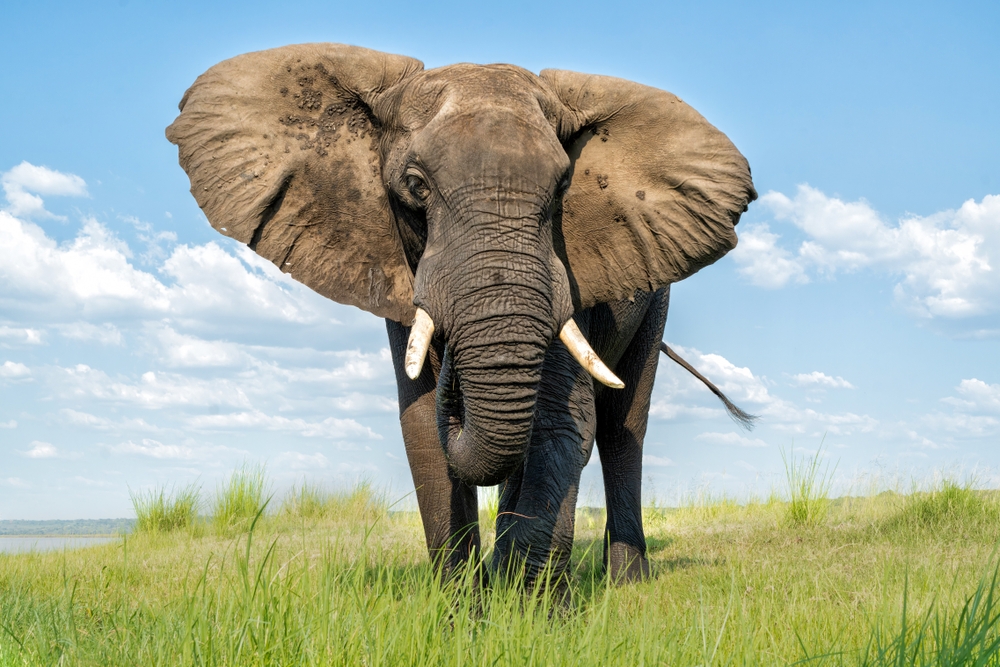
When you’re as big as an elephant, you’d think a little pain would be part of the package. However, these gentle giants have evolved to withstand some pretty significant discomfort with remarkable resilience. Elephants can suffer from injuries, parasites, and even the painful experience of losing a tusk, yet they soldier on with surprising grace. They have a unique adaptation that allows them to downregulate inflammatory responses, effectively reducing pain and promoting faster healing.
Their ability to tolerate pain and recover swiftly is crucial, given the harsh environments they traverse. Living in social groups means that elephants also benefit from the collective support and care of their herd. This social structure not only aids in physical recovery but provides psychological comfort as well. It’s a double whammy of evolutionary brilliance that keeps them roaming across the savannahs and forests with stoic dignity.
3. Sea Cucumber
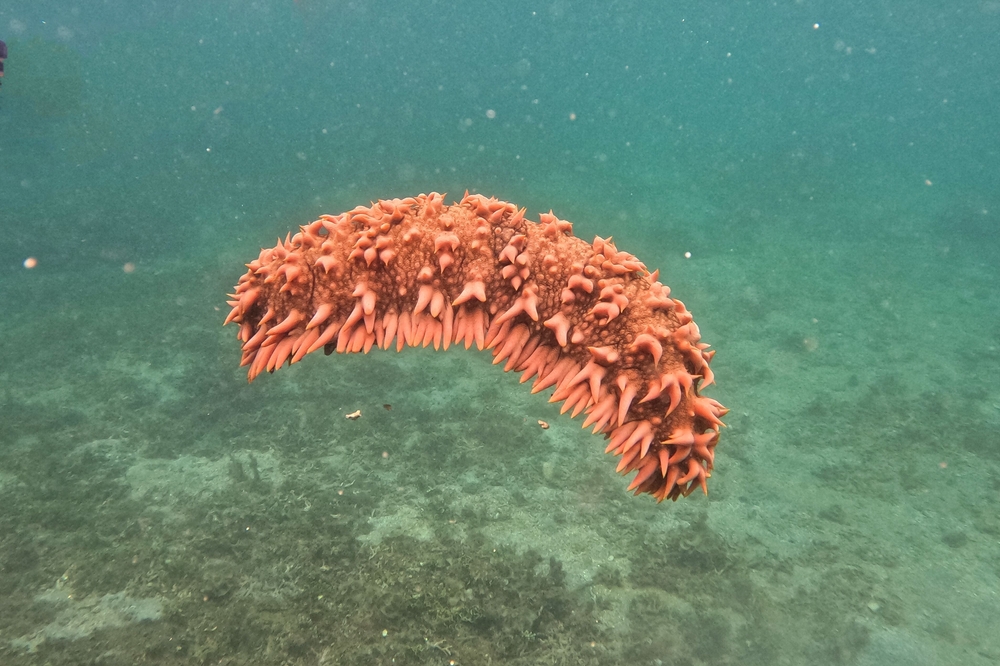
The sea cucumber is like the ocean’s version of a chill pill, lounging on the seabed without a care in the world. These gelatinous oddities have a unique ability to modulate their body chemistry, allowing them to turn off pain when faced with predators or environmental stressors. When threatened, they can liquefy their connective tissue to escape through tiny crevices and then solidify once they’re safe, according to National Geographic. This process involves a complex interplay of cellular processes that researchers find incredibly intriguing for its potential applications in human medicine.
But their pain management prowess doesn’t end there. Sea cucumbers can also eject part of their internal organs as a defense mechanism, a process that seems like it would be excruciating. Yet, they manage to do it with minimal distress and can regenerate the lost organs over time. It’s like having a built-in reset button, allowing them to survive encounters that might be deadly to less adaptable creatures.
4. Opossum

Opossums are the ultimate drama queens of the animal world, famous for their theatrical “playing dead” trick when threatened. But beyond their Oscar-worthy performances, opossums have an incredible ability to withstand pain, particularly from venomous snake bites. Opossums produce a specialized protein that neutralizes snake venom, giving them an upper hand in environments teeming with potential danger. This means they can chow down on snakes like it’s no big deal while other animals might be down for the count.
This remarkable resistance not only allows them to survive in snake-heavy areas but also to thrive. It’s a beautiful example of co-evolution, where a predator and prey have adapted to each other over countless generations. The opossum’s snake-bite-proof adaptations make them a subject of intense study, with scientists hoping to translate this natural venom defense into treatments for humans battling venomous bites.
5. Wood Frog
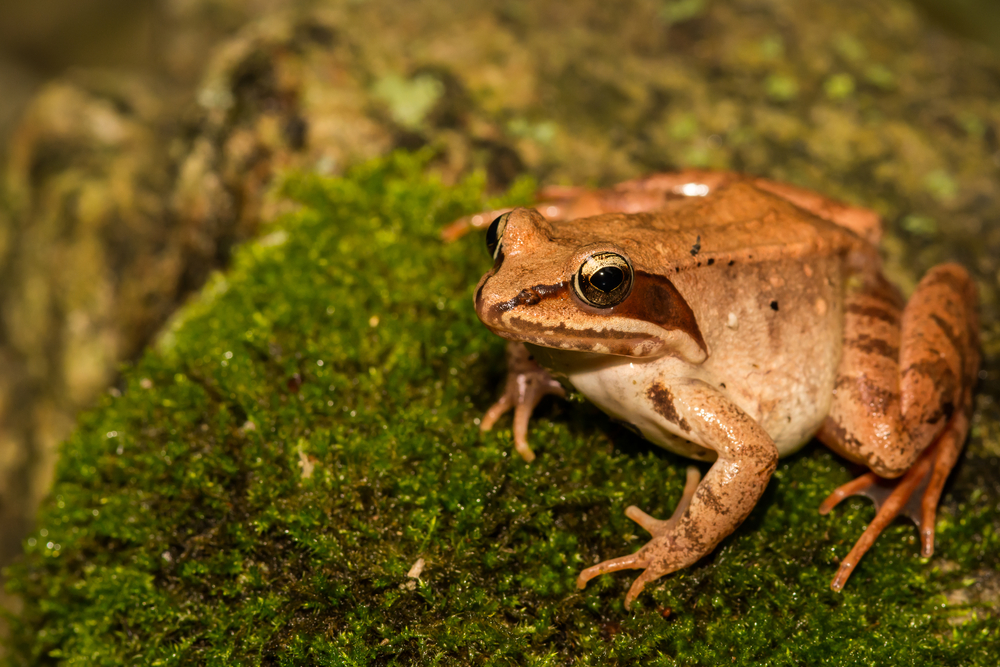
The wood frog is the polar opposite of the tropical-dwelling frogs most of us picture. Living in the frigid climates of North America, they have a unique response to the bone-chilling cold: they freeze. When temperatures drop, wood frogs stop breathing and their hearts stop beating, entering a state of suspended animation. Remarkably, they survive this icy ordeal and emerge unscathed in spring, according to research conducted by the Alaska Science Center.
This ability to endure and recover from conditions that would cause extreme pain or death to other creatures is nothing short of miraculous. By producing glucose and urea to protect their organs, they essentially put their bodies on pause. Come thaw, they are ready to hop back into action as if nothing had happened. The wood frog’s incredible adaptation showcases nature’s ingenuity and hints at the potential for groundbreaking medical advances.
6. Camel
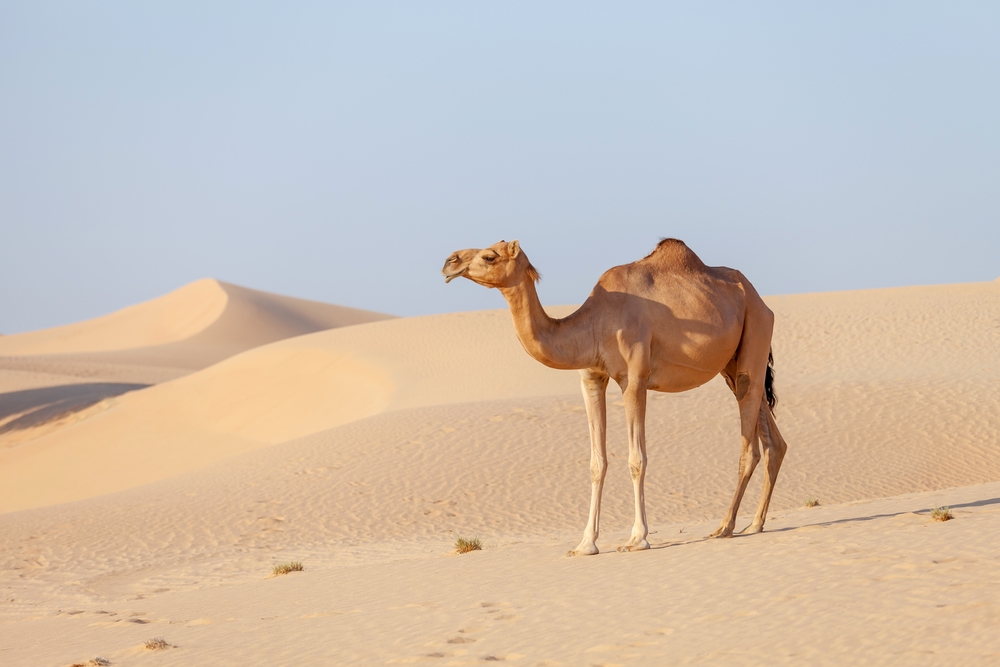
Camels are the ultimate desert survivors, traversing harsh lands with an unwavering endurance that’s the stuff of legends. These stoic creatures possess a remarkable ability to endure pain and discomfort, partly due to their unique physiological adaptations. Camels have thick lips and mouths that can withstand the prickly thorns of desert vegetation, a diet choice that would be excruciating for most animals. They also manage extreme thirst and heat, conditions that would leave most other creatures incapacitated.
This resilience to pain and discomfort enables camels to travel long distances in search of food and water. Their ability to store fat in their humps, rather than water, provides them with energy reserves during dire times. It’s no wonder camels are often referred to as the “ships of the desert,” navigating arid landscapes with an indomitable spirit. Their evolutionary adaptations make them models of endurance and survival in some of the planet’s harshest environments.
7. Marine Iguana
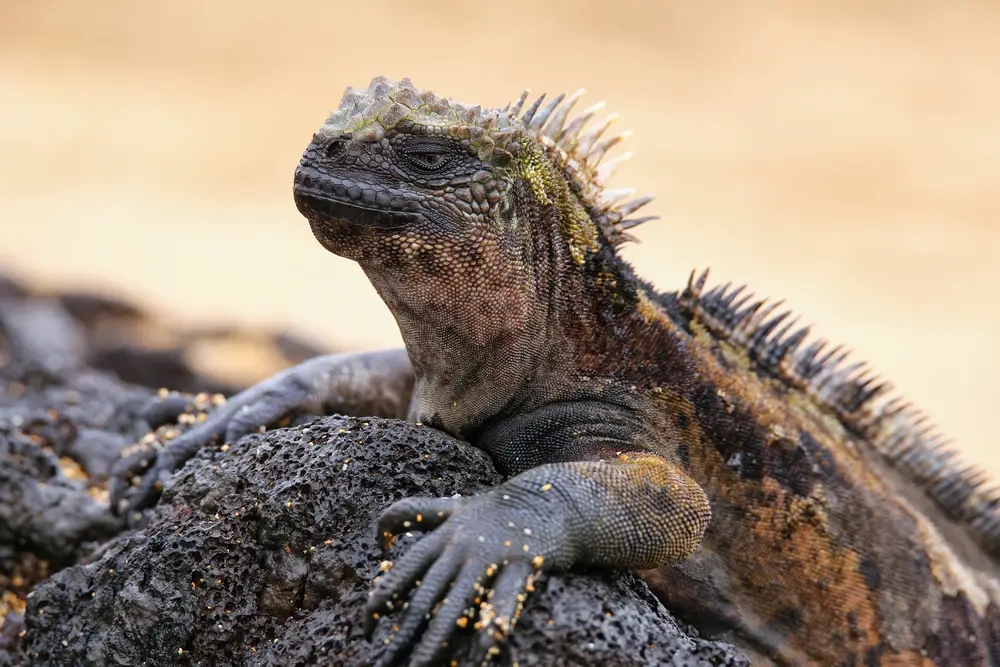
Marine iguanas are the scuba divers of the reptile world, braving the chilly waters of the Galápagos Islands to feast on algae. To survive in these cold temperatures, they have developed a resistance to the pain and discomfort associated with their extreme environment. Their bodies can withstand the rapid temperature changes as they move between sunbathing on lava rocks and swimming in the frigid ocean. It’s a painful transition that most reptiles would avoid, but marine iguanas navigate it seamlessly.
Their adaptation to cold water isn’t their only trick. Marine iguanas can excrete excess salt through specialized glands, allowing them to thrive on a diet that would be intolerable for most other species. These adaptations enable them to exploit an ecological niche with little competition. The marine iguana’s resilience makes them a striking example of evolution’s power to turn challenges into opportunities for survival.
8. Sloth
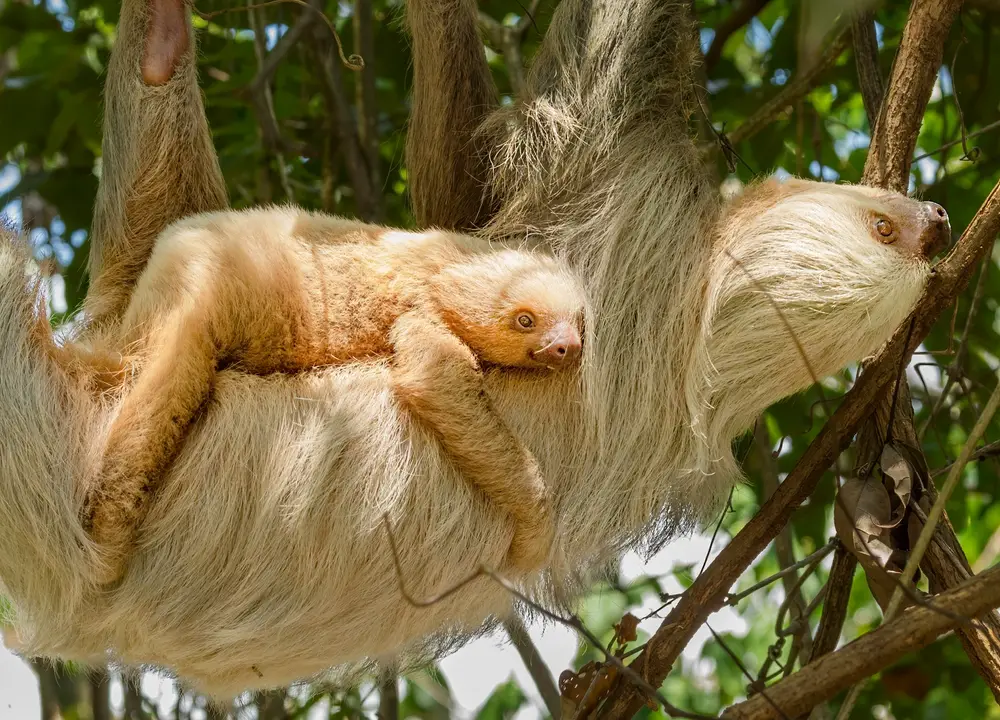
Sloths are the poster children for taking life easy, but their laid-back lifestyle serves a practical purpose beyond simply avoiding predators. Their slow metabolism and leisurely pace reduce energy expenditure and help them endure periods of limited food availability. This adaptation also means they experience pain differently, responding less intensely to injuries or discomfort. By taking life at their own pace, sloths mitigate the stress and potential pain associated with more active lifestyles.
Their unique physiology includes a highly specialized nervous system that may dull their perception of pain. Sloths spend most of their time in trees, hanging upside down with ease thanks to their strong, curved claws. This arboreal lifestyle means they are less likely to encounter the kind of predators or environmental dangers that create high-stress situations. The sloth’s approach to life is a lesson in the art of strategic relaxation and pain avoidance.
9. Tardigrade
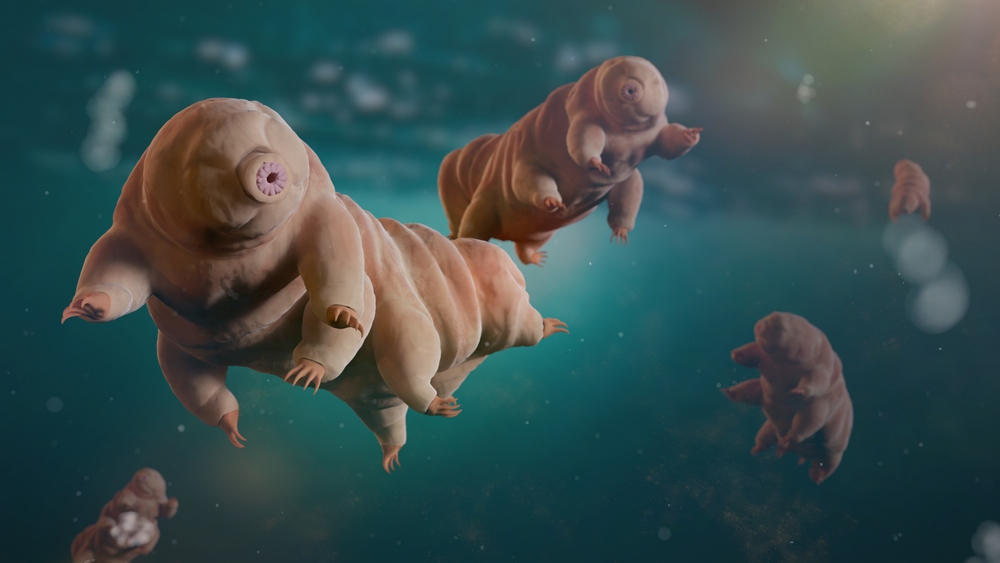
Tardigrades, or water bears, are virtually indestructible microscopic creatures that have mastered the art of survival in a way that defies belief. These tiny invertebrates can endure extreme temperatures, pressures, and even radiation that would obliterate most life forms. They achieve this by entering a cryptobiotic state where they effectively shut down their metabolism, rendering them impervious to conditions that would cause intense pain. It’s a biological pause button that allows them to spring back to life when conditions improve.
Tardigrades have been known to survive the vacuum of space, showcasing their ability to withstand stressors beyond earthly comprehension. Their resilience has captured the imagination of scientists and space explorers alike, offering clues about the potential for life beyond our planet. The tardigrade’s superpower to switch off the potential for pain and damage is an inspiration for bioengineers and anyone fascinated by the limits of life.
10. Greenland Shark

The Greenland shark cruises the icy waters of the North Atlantic with a stoicism befitting its prehistoric lineage. Living in freezing depths that would prove torturous for most creatures, these ancient sharks display a remarkable tolerance to cold-induced pain. Their metabolic rate is astonishingly slow, allowing them to conserve energy and endure the chill without succumbing to stress or injury. This adaptation is complemented by their incredible longevity, sometimes living over 400 years.
Their long lifespans and ability to live in extreme environments make Greenland sharks a subject of interest for scientists studying aging and resilience. Despite their formidable appearance, they exhibit a calm and measured approach to life, gliding through the ocean with an air of ancient wisdom. The Greenland shark’s mastery of pain tolerance in harsh conditions is a testament to the remarkable adaptations that have enabled them to thrive across the millennia.
